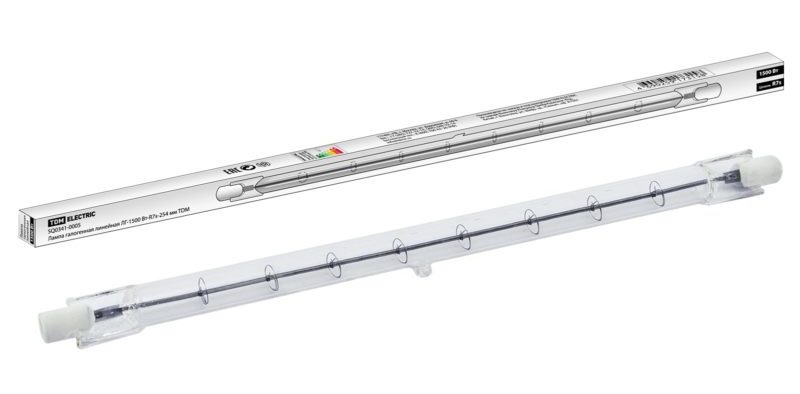Characteristics of a halogen bulb
Every year, energy prices are rising, so manufacturers are focusing on energy-efficient lighting elements. They cost customers more than incandescent light bulbs (LL), but quickly pay for themselves due to their energy-saving properties. The halogen bulb is one of the savings options. It does not consume much energy, is durable and tolerates minor surges in the mains voltage.
Halogen lamps are used extensively for video and still photography, offset printing, and less commonly as infrared heating elements. In any of the areas halogen lamps can replace their analogues because of the quality, durability and luminous efficacy rates.
What is a halogen bulb
A halogen lamp looks like an ordinary LN. It consists of a bulb with a tungsten filament inside. A buffer gas with vapors of bromine, fluorine, iodine, and chlorine is pumped into the bulb. The vapors inhibit the evaporation of tungsten from the coil when heated, preventing the flask from darkening. They also increase the service life by several times compared to the LNs.
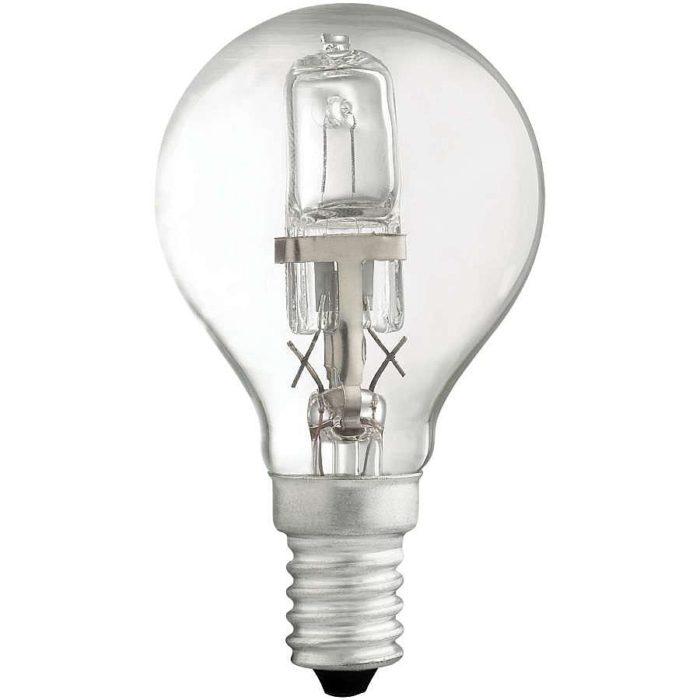
When the chemicals in the bulb evaporate, the tungsten particles return to the coil, increasing the heating temperature. This gives an intensity of luminescence and high color rendering. The glass of the bulb can be matte or transparent, giving a muted or brighter light. Today, lamps are available in different wattages, including low-voltage 12 V and 24 V. High-voltage bulbs operate directly from a single-phase circuit.
Varieties
For the "halogen" to last as long as possible, it is important to choose it with regard to parameters and purposes. First of all, light bulbs are classified according to the power source:
- Incandescent bulbs on 220 V;
- Low-voltage lamps with 12V drivers.
The low-voltage device can only be connected to dedicated power sources through a step-down transformer. It converts the mains voltage to 12V. By configuration and purpose, halogen lamps are divided into:
- devices with an external bulb;
- capsule
- with a special reflector;
- linear.
Video on the subject: before buying, familiarize yourself with the types of bulbs
Linear
This type of halogen bulbs appeared first and is still in production today. The design consists of an elongated bulb and two pin holders at the edges. Because of the high power in the home such models are unpopular.
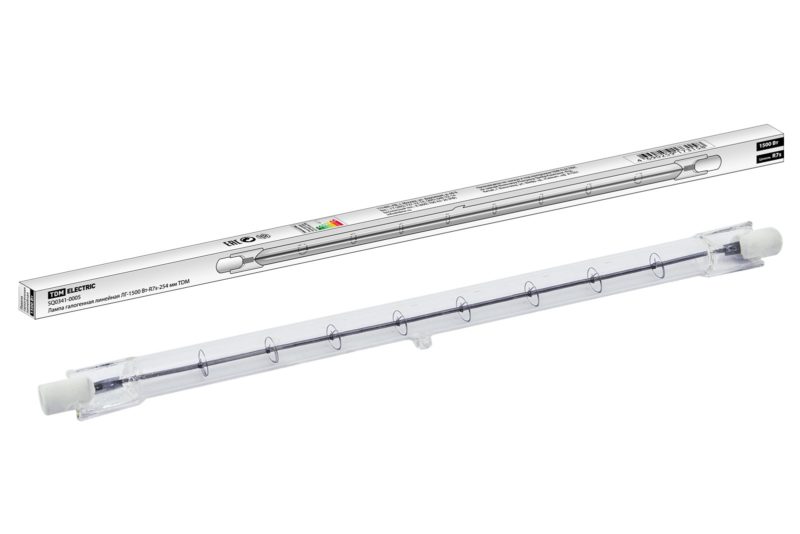
With outer bulb
The product looks like a standard incandescent bulb. The bulb is protected from darkening in case of overheating. Models are available with two types of socket - E27 and E14. That is why in everyday life bulbs are used as energy-saving bulbs instead of LV.

With a special reflector
These halogen bulbs are popularly called "directional light bulbs". The body in the form of a hemisphere on the inside is covered with a reflective material that directs the luminous flux. There is an incandescent filament in the center. The housing can be equipped with glass, but not necessarily.

Interference or aluminum reflectors are installed here for heat dissipation. IRC models are considered the most reliable because they do not heat up due to the reflection of infrared radiation back onto the filament. The life of such a lamp is higher and the power consumption figures are lower. Devices with a reflector are produced for high-voltage and low-voltage luminaires.

Capsule
The body of such a lamp is a capsule inside which there is a coil with metal pins outward for connection to the socket. Devices are divided by the type of socket: G5, 3, 4 or 9. Often the bulbs are purchased for interior lighting, spot lights, built-in furniture or plasterboard structures. In rare cases, they are installed in chandeliers and other household lighting devices.
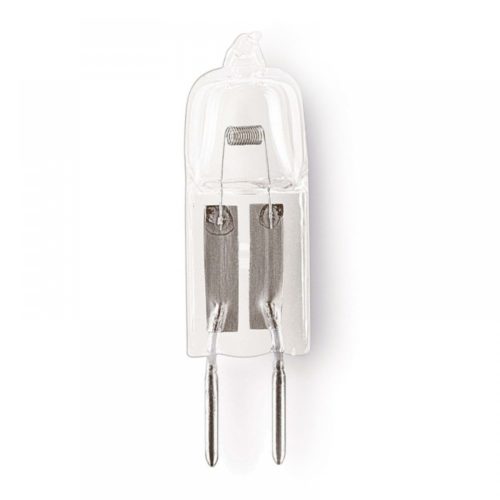
How a halogen lamp works
When current flows through a tungsten filament, it is heated to a high temperature. The filament begins to glow. However, the tungsten atoms gradually evaporate as they heat up and accumulate in less hot areas inside the bulb. This process reduces the longevity of the bulb.
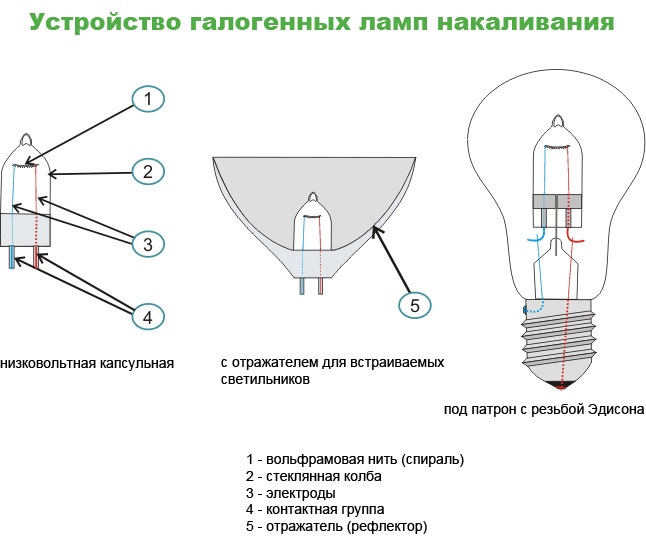
When heated, iodine vapor interacts with the evaporating tungsten atoms, which prevents them from spreading through the bulb. This process is reversible. When heated near the filament, the vapor disintegrates into its constituent substances.
In this way, the tungsten atoms return to the filament, increasing the operating temperature and prolonging the service life. The elements are more compact than LNs of similar wattage.
Where halogen lamps are used
In spite of all their advantages, halogen bulbs are not seen on the market as serious competitors to other energy-saving bulbs, including LED models. They can be regarded as an alternative to LEDs.
Due to their small size and light output, they are often installed in bicycle, car and motorcycle headlights. Sometimes they are purchased for household lighting fixtures. The more powerful ones are installed in projectors, photo and video equipment.
Main features of usage
To make the lamp last as long as possible, the manufacturers advise not to touch the bulb with your hands, even if they are clean. The grease that remains after touching can provoke the burnout of the lamp. It is best to wear gloves when replacing. If the temperature inside the bulb drops below 250°C, there will be no interaction with the tungsten.
As a result, the device will work as an ordinary incandescent lamp. It is also not recommended to install a dimmer. Because of this, the bulb ceases to work correctly, because the decrease in brightness is directly related to the temperature of the buffer gas. If a dimmer is installed, it should be turned on at full power as often as possible. This is necessary for heating to the desired temperature and for the halogens to interact with the tungsten.
In this way the tungsten filament can recover on its own. It is important to ensure that the mains voltage is stable in order to prolong the service life. If there are voltage spikes, it is better to install a stabilizing protection unit. For suspended ceilings do not use lamps without an outer bulb, the heated element can melt the building materials.
How to test a halogen bulb
You need a multimeter to test a halogen bulb. Set it to a mode that allows you to measure the minimum resistance. Next:
- Place the bulb next to the multimeter without touching the bulb with your bare hands.
- Pick up the stylus and apply it to the leads.
- Read the reading, note it down if necessary.

The resistance will be different for a car bulb and a 220 volt household bulb. The reading should be between 0.5 and 1 ohm. Exceeding this value indicates a malfunction.
Lifetime
Halogen lamps last long enough due to the buffer gas inside the bulb. Some types of devices can last from 2000 to 4000 hours. To do this, it is necessary to observe the rules of operation, do not touch the product with bare hands, ensure stable voltage in the network. If the conditions are met, the lamp with a dimmer will last 4000-5000 hours.
See also: How to deal with a halogen lamp in order to prolong its life
Safety Precautions
Before installing or replacing a halogen bulb, learn safety precautions. It will help avoid mechanical breakage and overheating of the device. Follow the recycling rules because the bulb contains a buffer gas inside.
Why you should not touch the "halogen" with your hands
Fingers can leave grease stains on the budget halogen bulb. The temperature on them can exceed the allowable limit. But in expensive models the double bulb protects the lamp from melting and burning out.
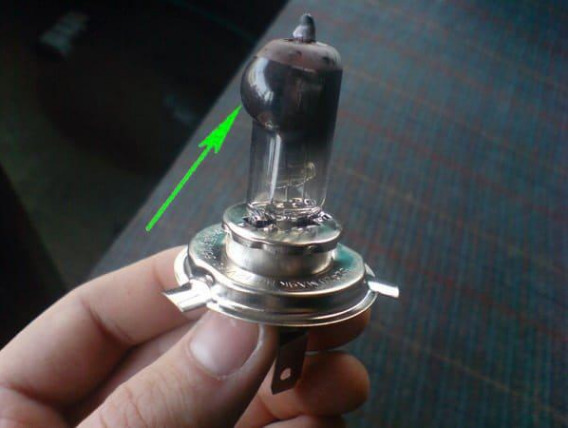
If the integrity of the device is compromised, it will result in an immediate breakdown or shortened service life.
Proper disposal
A damaged or broken light bulb should be disposed of properly. Halogen bulbs should not be disposed of with household waste because of the harmful volatile vapors in the bulb. They do not pose a serious danger, however, experts advise to collect spoiled products in a separate container and deliver them to special collection points. Their location can be found on the Internet.
How to properly replace a light bulb on a car
Advantages and disadvantages of halogen bulbs
Halogen lamps are actively purchased for the home instead of incandescent bulbs and for commercial facilities. You can learn from consultants in stores about the advantages and disadvantages of halogen elements. There is also information on thematic forums. This will help to make a choice.
It is recommended to buy "halogen" only if its use is justified. Among the advantages of halogen bulbs are the following:
- light output in the range from 15 to 20 lm/W. In incandescent lamps it is 7-17 lm/W. The value affects the economy and efficiency of lighting;
- Dimensions Smaller than incandescent lamps. Therefore, they can be installed in a suspended ceiling with spotlights or furniture. Here "halogens" beat out other energy-saving counterparts, which are not installed in all types of plafonds;
- lifespan 2000 to 4000 hours. This is 3 to 4 times longer than in the case of light bulbs. With proper use of soft starters, service life can be extended up to 11,000 hours.

Studying the reviews we can notice that buyers most often highlight such disadvantages as:
- difficulties in installation. Not every "halogen" lamp can be switched on immediately after installation in the luminaire. For low-voltage lamps, a step-down transformer is installed in the circuit. In addition, you can additionally install a dimmer to extend the life of the lamp;
- the bulb is too sensitive to dirt. When installing it is important not to touch the glass with your fingers, using a cloth or gloves. Sometimes dark spots can form on the spots;
- . heating to a high temperature .. If there is a risk that a burning lamp may accidentally be touched by a child or adult, special protection should be installed. You can use transparent plastic. Also make sure that the bulb does not heat up other surfaces.
Recommendations for use will negate these disadvantages. Despite the great popularity of other energy-saving lamps, such as LEDs, "halogens" are in demand because of the convenience of installation in different types of plafonds.
Conclusion
Halogen bulbs have many more advantages than LED bulbs, but they are badly inferior to LED bulbs. So you should buy them only if the benefits exceed the financial losses. Remember that "halogen" is fastidious in use, do not install them if there are frequent voltage fluctuations in the network, even minor.

